Bringing science to life
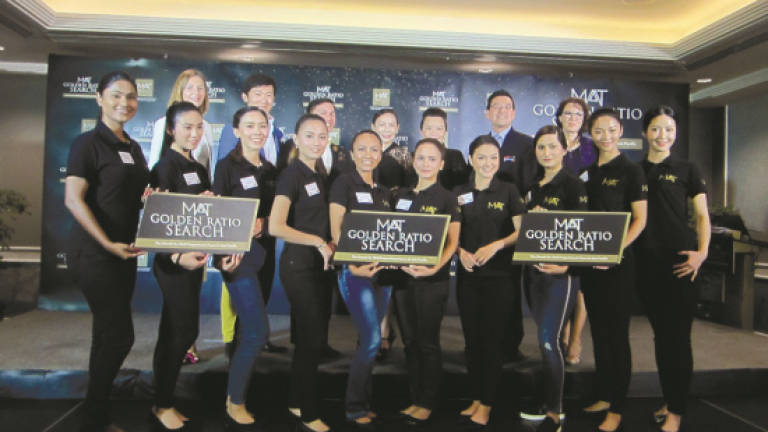
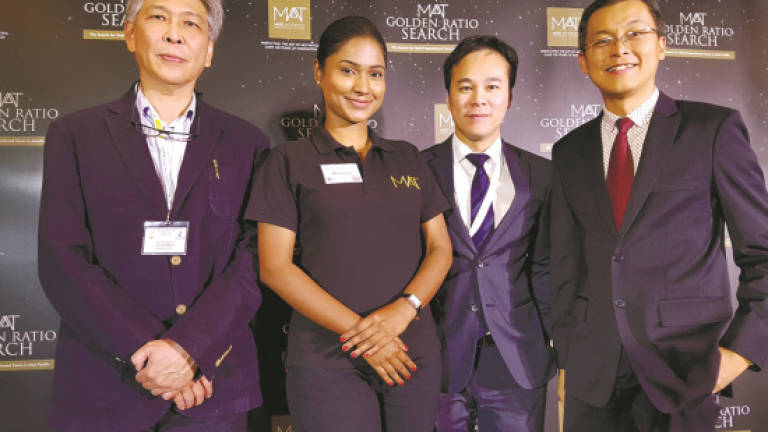
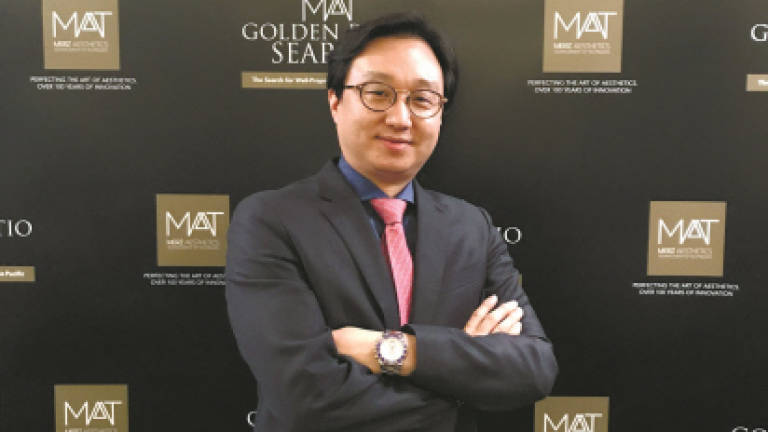
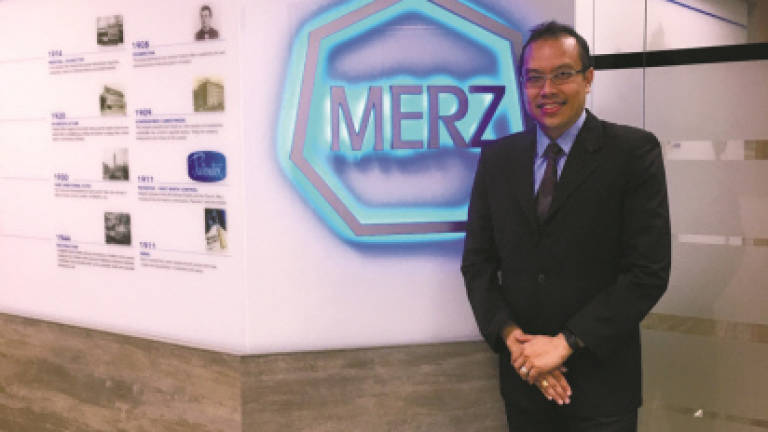
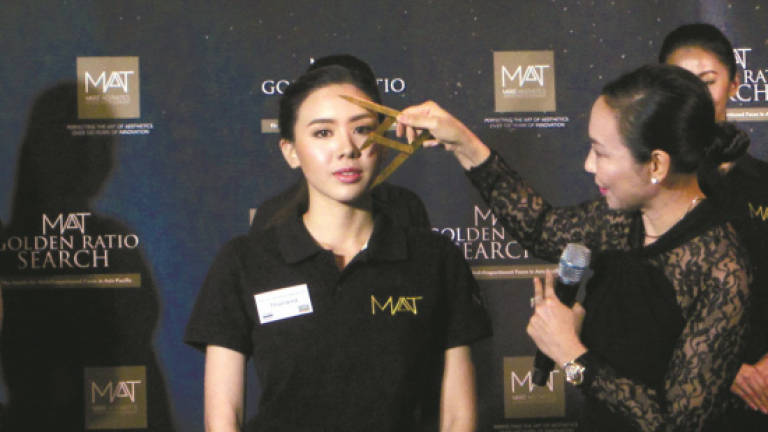
MERZ, known for the only US FDA-cleared, non-invasive skin lifting and tightening ultrasound device, Ulthera, recently unveiled the 10 most well-proportioned Asian faces from more than 3,000 submissions from 10 countries in Asia.
They are Michelle Lai from Hong Kong, Noorin Sha from India, Mitania Hendayani from Indonesia, Jimyeong Jeong from South Korea, Salini Muniandy from Malaysia, Tricia May Duncan from the Philippines, Nurun Nisha M. Heallmy from Singapore, Wendy Tzu-Wen Hsu from Taiwan, Panida Paopongrattanachai from Thailand, and Nguyen Thi Phuong Tuyet from Vietnam.
Also announced at the 38th Annual Meeting of the International Society for Dermatological Surgery (ISDS) 2017 in Bangkok was the launch of new medical guidelines, the first of such guidelines using aesthetic medical devices and injectables, to help aesthetic doctors achieve well-proportioned faces in Asians.
The Merz Aesthetics Advancement of Techniques (MAAT) Golden Ratio Search was the first in Asia and sought to provide information to empower women to better understand facial proportions relative to attractiveness. It also serves as an integral part of the first scientific guidelines that provide a holistic approach to aesthetic treatments to assess well-proportioned faces in Asians.
The three-month search found the oval (67%), square (13%), round (9%), inverted triangle (7%) and oblong (5%) were the most common facial shapes among the women entrants between 21 and 64 years old. The search also observed that oval facial shapes fitted the Golden Ratio (facial height to width ratio), horizontal facial proportion and facial symmetry most closely.
Aesthetic doctors agree oval is the most ideal facial shape among Asians, and the guidelines provide recommendations on the customisation and combination use of aesthetic procedures on the upper, middle and lower face, including strategies to modify different facial shapes to the oval shape in Asians. The new medical guidelines also include strategies for early enhancement, restoration and beautification of Asian faces.
According to the guidelines, the ideal oval facial shape can be created using different interventions depending on the individual's baseline characteristics. It takes roughly two weeks from the first treatment to change a facial shape to oval and is expected to last for a year on average. The guidelines are available to more than 1,000 aesthetic doctors in the region.
Beauty transcending borders
According to Dermatologist Dr Je Young Park, South Korea's view of beauty is not much different from Malaysia or other Asian countries and true enough, South Korea started the trend for the Asian aesthetic market. He said South Korean women today interpret beauty to be very natural.
"Between 20 and 30 years ago, plastic surgery was the top procedure in South Korea but these days nobody wants scarring and downtime hence the market has shifted to non-invasive treatments that even plastic surgery doctors are performing more non-invasive treatments.
"In South Korea, visiting an aesthetic centre is like paying a visit to a beauty consultant. When patients come in, I believe in educating them about choosing the best materials and physicians because safety is the most important point in the aesthetic industry.
"With these new guidelines, we now have information to educate young doctors and our patients. The aesthetic market is rapidly growing and in the future, I think making the industry more public and reinforcing safety is most important," he said.
The science of attractiveness
The market wants its aesthetic doctors to understand and give recommendations to their patients, and this platform allows aesthetic doctors and media to come together and gain an understanding of the new scientific guidelines, said Conway Rappa, Merz Asia Pacific Regional Commercial Director. This, in turn, allows aesthetic doctors to return to their respective countries and educate their patients on achieving their aesthetic goals.
"These scientific guidelines will definitely benefit aesthetic doctors and consumers to create awareness on symmetrical face ratios relative to beauty. It is about bringing science to life; using the science of measurement to equate facial proportions to attractiveness.
"The combination of the Golden Ratio, horizontal facial proportion and facial symmetry is very evidence-based, giving a clearer picture on what should be the ideal facial shape be among Asian women," said Goh Sin Hua, Country Manager of Merz Malaysia.
Salini Muniandy, Malaysia's most well-proportioned face said she feels honoured and privileged to be part of the very first region-wide search for the Golden Ratio.
"I feel happy, ecstatic and I still can't believe that I won. I'm looking forward to working hand in hand with Merz to get the word out there. One thing I noticed among Malaysians is the knowledge about the value of aesthetic is low compared to other countries.
"But I believe it is not wrong if you want to make a change. You only live your life once and if you want to live better, look better and feel better, by all means, do whatever it takes," she said.
When she first joined the search she had no clue who they are and what they do, but when she was shortlisted she started reading up because she honestly felt a bit sceptical because no one talks about them in Malaysia. But when she realised Merz was the first to create the first anti-wrinkle cream in 1953, she was sold.
But would she adopt any of the treatments? "I see myself as a very attractive woman but moving on to things I can't change like ageing, I don't mind trying it 20, 30 years later to boost my confidence. But for now, I won't do anything."